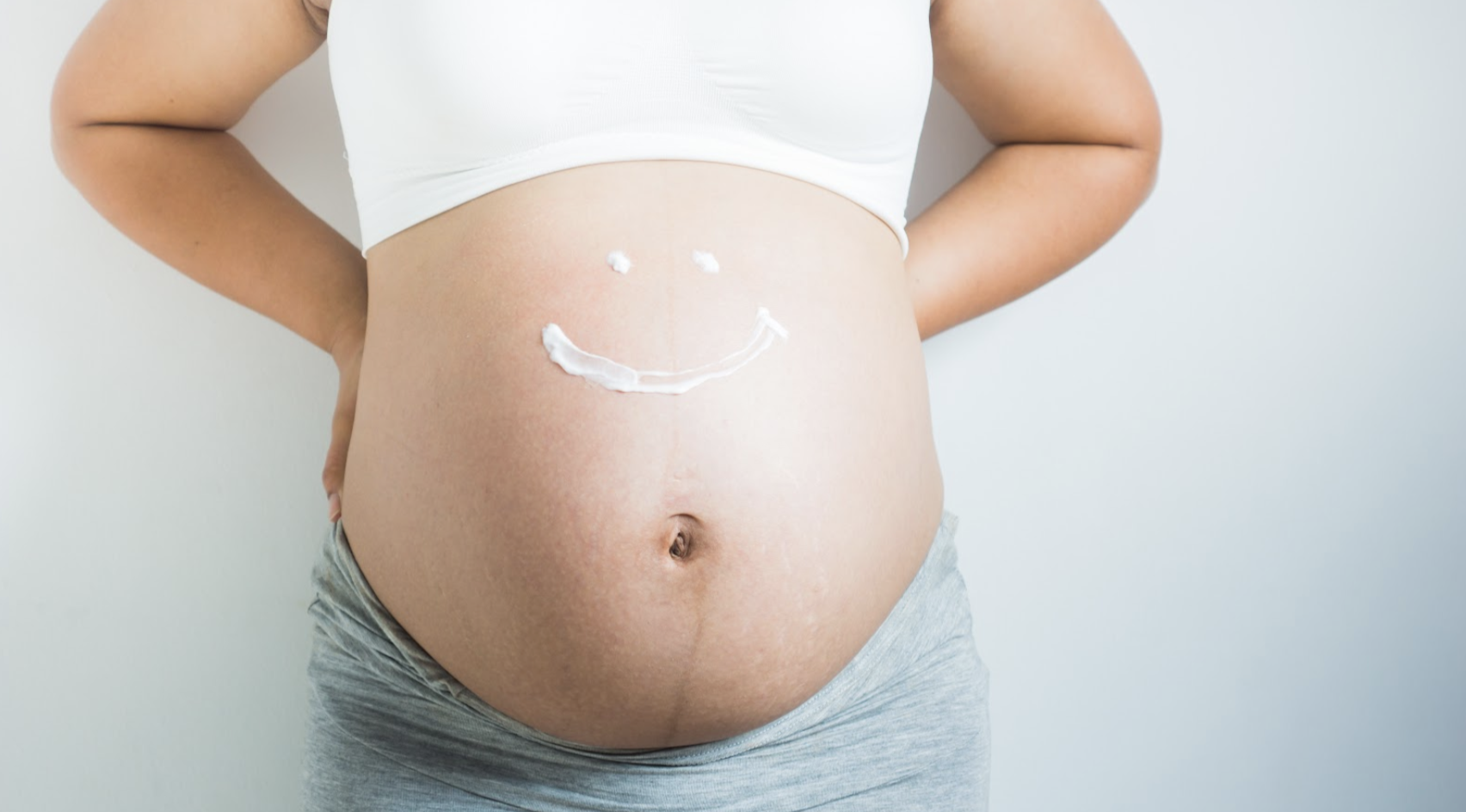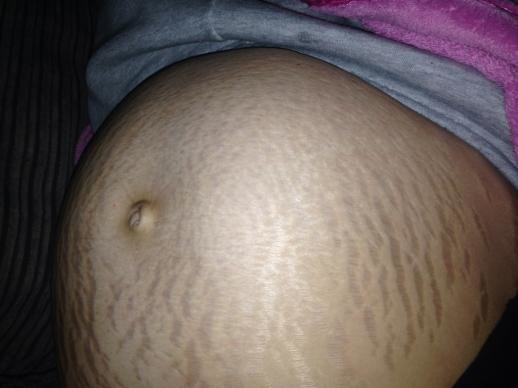


#Pregnancy stretch marks skin
Foods containing vitamin A, which repairs skin tissues.Eat nuts, seeds, avocados broccoli, and collard greens. Foods containing vitamin E, which protects skin cell membranes.Eat plenty of spinach, blueberries, strawberries, and other fresh fruits and vegetables. Foods rich in antioxidants, which help nourish and protect skin.Add the following foods to your daily diet: Incorporating foods that are especially beneficial for the health of your skin can improve your skin’s elasticity, which helps prevent stretch marks from forming. You’re probably already eating healthy, balanced meals to make sure your baby is getting enough vitamins and nutrients. I make it a point to nourish my skin from the inside, as well. 7 Tips to Reduce Stretch Marks During Pregnancy: 1. But the good news is, that while not completely avoidable, there are a few tried and true tricks to prevent stretch marks during pregnancy. Try as you might to avoid stretch marks, there’s no official proven way to treat them or to stop them from zigzagging their way across your body. Darker-skinned moms are less likely to get stretch marks than fair-skinned women during pregnancy (plus they’re not as visible on dark skin).Studies show that rapid pregnancy weight gain can also make you more likely to get stretch marks.Susceptibility has lots to do with genetics: Chances are, if your mother got them, there’s an increased chance that you’ll also develop stretch marks.Stretch marks are actually tiny tears in the supporting layers of tissue under your skin as it’s pulled tight to the limit during pregnancy.Here are 4 things you may not know about stretch marks: Much of this has to do with how much weight you gain, how much your stomach and skin stretches, and what your genetic make up looks like when it comes to skin elasticity and collagen. When it comes to getting stretch marks during pregnancy, there are many factors to consider. But if you’re looking for a few ways to prevent stretch marks or the “badge of motherhood”during pregnancy, it never hurts to use a few tried and true tricks.įirst, let’s talk about what stretch marks are.Īccording to the American Academy of Dermatology… About 90% of women will get stretch marks sometime after their sixth or seventh month of pregnancy. As moms, our first concern is obviously to bring a healthy, happy baby into the world. (A sweet baby is totally worth whatever battle scars may be left behind). Consider making an appointment with a Dermatologist so that an appropriate treatment plan can be put in place, essentially keeping you comfortable and safe during pregnancy.Most pregnant women fear them, but the truth is stretch marks definitely aren’t the end of the world. The condition ultimately resolves within 1 week of delivery. The goal of treatment is to control the eruption and relive the itching with topical steroids, anti-itch lotions and antihistamines. PUPPP is not associated with any harmful effects to either the mother or unborn child however, it is important to note that this skin condition may mimic other diseases that can be harmful during pregnancy and it is best to have evaluated by a health care professional. Most cases begin late in the third trimester and last an average of 6 weeks. Therefore, women carrying twins or triplets are more frequently affected. It has been noted that women who develop PUPPP average more weight gain and greater abdominal circumference during pregnancy compared to women who do not develop the disease.

This disease most often affects women who are pregnant for the first time, and recurrences with subsequent pregnancies are uncommon. Areas most frequently involved are the abdomen, buttocks and thighs. Over the course of several days the lesions may multiply, group together and spread symmetrically. The skin eruption is characterized by intensely itchy, red-colored bumps that generally form within abdominal stretch marks. One of the most common pregnancy-related skin diseases is a condition called Pruritic Urticarial Papules and Plaques of Pregnancy (PUPPP).


 0 kommentar(er)
0 kommentar(er)
